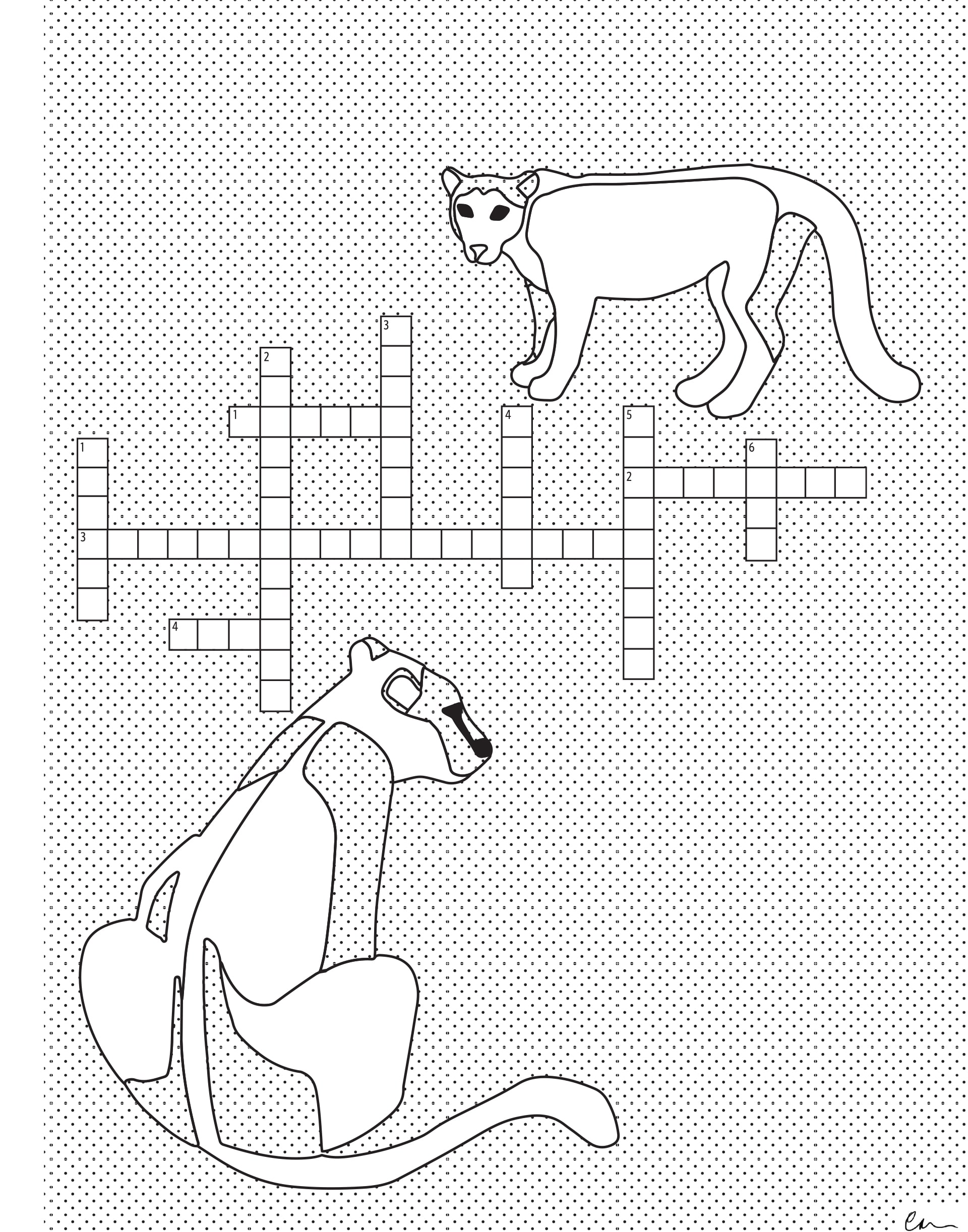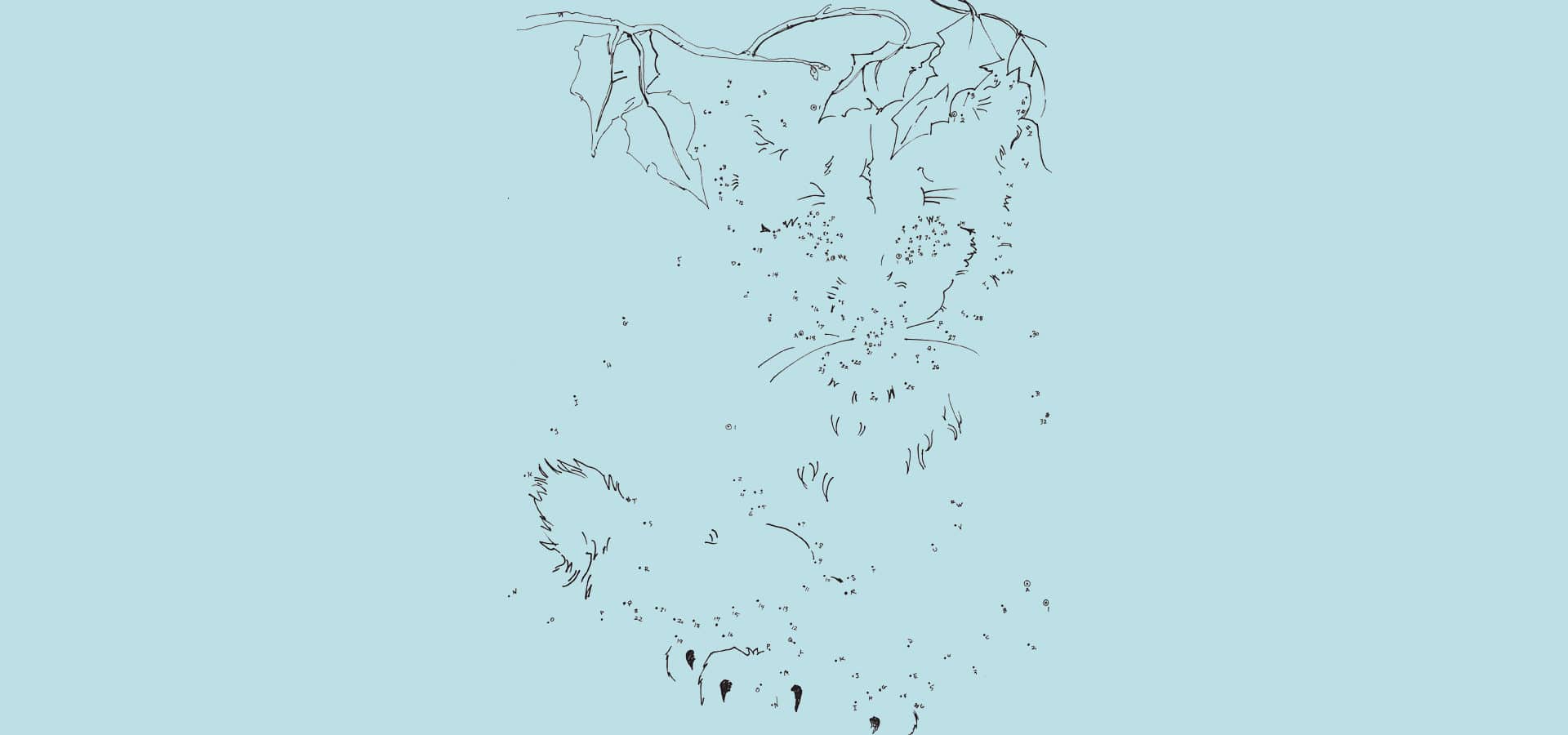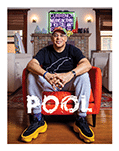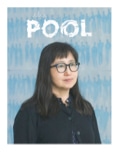‘We’re good at telling stories’
Officially, Narrated Objects began in October 2017 when Andrea Richards (Critical Studies MFA 99) and Teena Apeles (Critical Studies MFA 98) published We Heart P-22, an activity book inspired by a mountain lion who was living in Los Angeles’ Griffith Park. But really, everything informing the philosophy of their upstart publishing press took root in 1996 when they met at CalArts in the then-new School of Critical Studies MFA Writing Program: the sense of broad collaboration, the agnostic approach to genre or convention, and—most crucially—their friendship.
Narrated Objects puts out books, but not only books; Richards and Apeles—along with colleagues they consider part of their collective—are contributing to a Silk Road exhibit at the Pacific Asian Museum in Pasadena, Calif., and pursuing other multidisciplinary projects that defy easy categorization, an obvious hallmark of the institution that spawned them.
Steve Kandell—How did you two come to form Narrated Objects 20-plus years after first meeting and working together?
Andrea Richards—I think both of us worked for 20 years in different ways and shapes in publishing and in more formalized book publishing as editors and as writers. For me, it was really the kind of frustration that there are a lot of stories that you, as a freelance writer, pitch and don’t find a home for. Everything I was doing at the time was service journalism, like, “Where should you eat this, where should you do that?” There were a whole host of stories I wanted to do that weren’t that, and there was nowhere for them to land. And so, Teena and I realized that we have the skills to just tell those stories, to figure out forms for those stories.
Teena Apeles—You just have to start something yourself, and we didn’t want to wait. We know how long it usually takes for books to come out. You have a year preparing it, then you have to wait. We didn’t need that machine. We’re fine doing something small. We knew this wasn’t for the money, but what really got it going was that we applied for an Awesome Grant. We got $1,000, and that was the first vote of confidence.
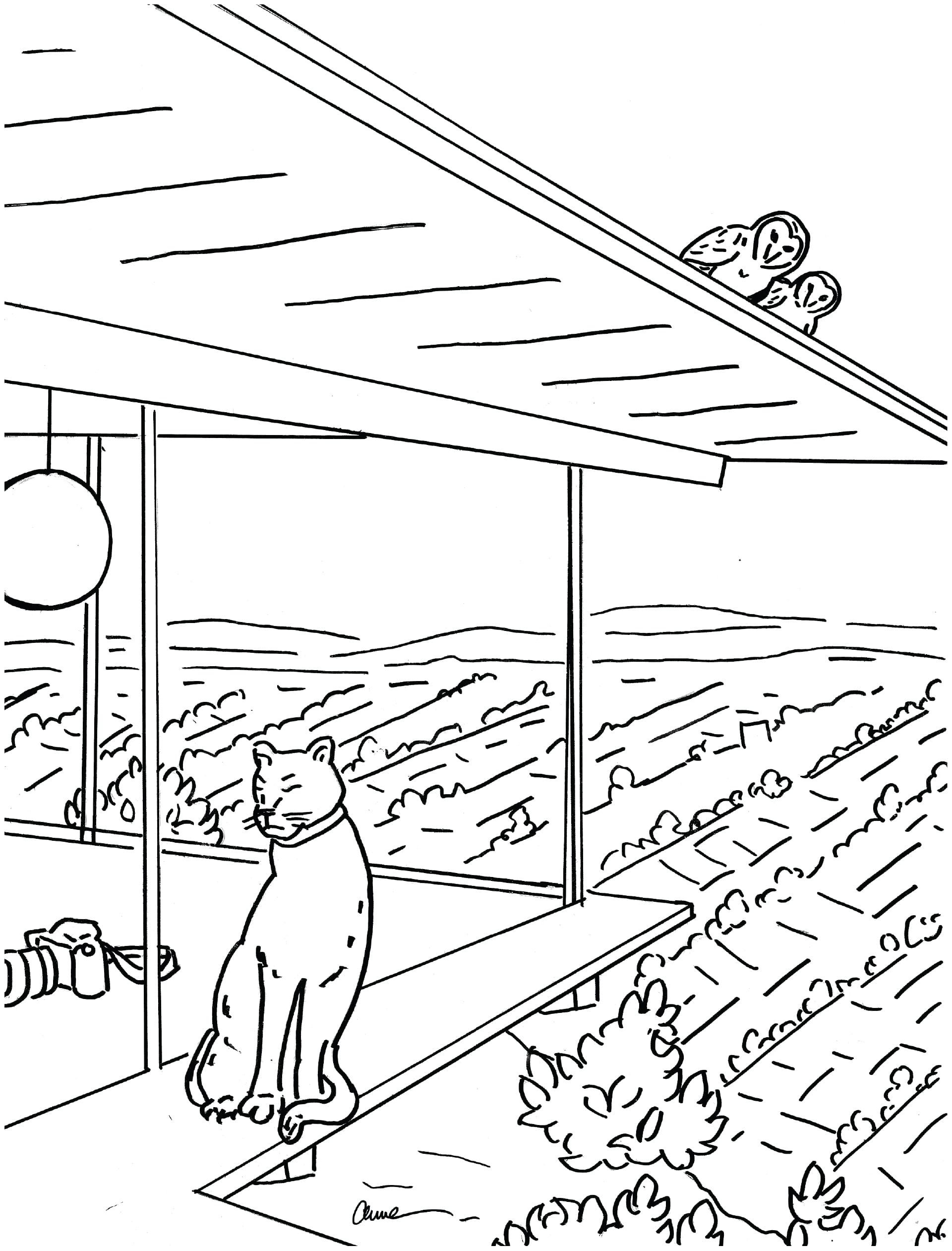
You say you knew it wasn’t for the money, but you very quickly went about this like a business, not just an art project.
Richards—One of the things about working for small presses that you realize quickly is the writer gets paid, and then they get a royalty. But none of it’s big money—nothing is big money unless you’re talking about major publishing. But why shouldn’t we be the ones publishing the books? Why should we just be the writers? Especially for these very specific things that are hyperlocal. It’s stories that other people aren’t covering, that people aren’t doing books on. We have the capabilities, and we have the friends who know how to do it. Why shouldn’t we set it up as a business so that it can sustain itself to bring out the next thing? The idea is—and we’re not there yet—for it to sustain us; every book you publish allows you to publish the next book. Or maybe they’re not even books; sometimes you want to find a different way to get the story out there.
Apeles— We’re really good at telling stories.
What makes it a collective exactly?
Apeles—We think of it as a collective because we have all these different talents we pull; the first book had more than 50 contributors, and the one after that more than 30 or 40 contributors. And with each book there were multiple partners involved. Although we may start the project, it is really pooling all these different resources and community organizations and leaders because it doesn’t stop once the book comes out.
Richards—We’re preparing three more books this year. I don’t know which ones will come out, hopefully at least two of them. We’re doing a Filipino food stories and recipe book, and we’re going to do an LA parks coloring and guidebook.
At what point did it strike you that this feels tied to what you did at CalArts?
Apeles—We are tied, it’s where we met.
Richards—I think the interdisciplinary aspect of it, definitely. Also, the writing program helped me think about writing and storytelling in a broader sense.
Apeles—My editing skills really were developed when we were at CalArts. Just that time to really look at text and think of how to make it better.
Richards—For me, the through line is that I’ve always been interested in collectives. At CalArts I did a feminist collective. I’ve always been interested in nonhierarchical ways of organizing stuff, and that’s sort of what Narrated Objects is doing. It’s bringing a lot of different people into the room from different fields and then figuring out how you can work together.
